Bertha Stevenson was born at a time when a woman’s interest in chemistry, or any scientific field, could only be channeled into the limited confines of women’s realm. That was the same era in which Ellen Richards, the first woman admitted to MIT, became “the mother of home economics.”
Even though Stevenson was younger than Richards, she ended up directing her postgraduate study of chemistry to bread making. On the bright side, she was quite successful, not only at marketing bread but also in creating a string of high-quality lunch rooms with prices low enough that young working women could afford them.
 She began making bread in Cambridge MA around 1902. Her shop was quite fashionable in a refined way. According to one description, “The furniture is of the hand made order, simple in line, artistic in design. A few big copper vessels, gleaming red, a few palms, a rug or two, good, but not extravagant, a Ruskin portrait in a black oak frame, one or two Millet pictures, numerous quotations from Ruskin, Tolstoy, Morris.” About a year later, stories appeared in newspapers around the country describing her Samore Bread Laboratory, and congratulating her and her female associates for finally showing the world that college-educated women were good for something after all.
She began making bread in Cambridge MA around 1902. Her shop was quite fashionable in a refined way. According to one description, “The furniture is of the hand made order, simple in line, artistic in design. A few big copper vessels, gleaming red, a few palms, a rug or two, good, but not extravagant, a Ruskin portrait in a black oak frame, one or two Millet pictures, numerous quotations from Ruskin, Tolstoy, Morris.” About a year later, stories appeared in newspapers around the country describing her Samore Bread Laboratory, and congratulating her and her female associates for finally showing the world that college-educated women were good for something after all.
The following year they moved the bakery to Boston. A lunch room was opened with it, sponsored by the Women’s Educational and Industrial Union (WEIU), a non-profit organization in Boston founded in 1877 to advance the well-being of women.
The lunch room, known as the Laboratory Kitchen, was on Temple Place in Boston’s shopping district where it could serve women workers and shoppers. It carried over the Arts & Crafts style of the former Cambridge bakery, with muted greens and browns and touches of copper and brass. Servers dressed in Puritan costumes with white caps and kerchiefs. In addition to producing bread and inexpensive lunches, the plan was to set up a hot dinner delivery service that would free homemakers from kitchen drudgery.
Problems cropped up almost immediately. The Laboratory Kitchen was located on the 2nd and 3rd floors of an elevator building. Unfortunately the elevator often was out of service. Next, another restaurant physically resembling the Laboratory Kitchen opened on the ground floor, causing many lunchers to patronize it thinking they were in the Laboratory Kitchen. Meal delivery turned out to be much more difficult than expected and the delivery zone had to be cut back. As far as I could determine the delivery project was abandoned after the three-year WEIU contract expired.
But the lunchrooms proved to be successful. When Temple Place started up, a second Laboratory Kitchen, not under WEIU sponsorship, was opened on Bedford St. It was operated as a cafeteria, a type of eating place popular in Chicago but then unknown to Bostonians. Ellen Richards and a group of Boston’s progressive women pioneers attended an opening luncheon there where they learned how to handle a cafeteria tray.
Subsequent lunchrooms of the chain – of which there were eventually five or six — were all based on self service or counter service and were less expensive than the full-service Temple Place location. Stevenson used technological advances to cut costs and speed service. At one address outfitted with a lunch counter [location shown above on Bedford St., viewed from Kingston St.], guests ordered by number. Waitresses then relayed the number to kitchen workers on the floor below by punching the number in a machine and the order was sent up via a dumbwaiter under the counter. At another of the lunch rooms, she employed a simplified “Automat”-style set of heated or cooled boxes that she patented. Workers filled them from the back while patrons lifted a glass window in front and removed what they wanted. [see patent illustration]
 I stumbled across a story of someone who was a regular at one of the Laboratory Kitchens in the early days. She began working at the Filene’s department store at age 15, getting $4 a week, which barely allowed her to pay for a ride on the “T” and a 15-cent lunch at the Laboratory Kitchen. Eventually she became a department store buyer and a women’s rights activist.
I stumbled across a story of someone who was a regular at one of the Laboratory Kitchens in the early days. She began working at the Filene’s department store at age 15, getting $4 a week, which barely allowed her to pay for a ride on the “T” and a 15-cent lunch at the Laboratory Kitchen. Eventually she became a department store buyer and a women’s rights activist.
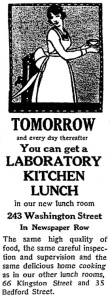 As popular as the lunch rooms were with women, they also attracted men, particularly after one opened in 1919 on Washington Street in the stretch then known as Newspaper Row.
As popular as the lunch rooms were with women, they also attracted men, particularly after one opened in 1919 on Washington Street in the stretch then known as Newspaper Row.
The dishes served at Laboratory Kitchens, such as vegetable plates, chowders, and beefsteak pies, were not fancy. Bertha Stevenson was dedicated to providing lunches that were hot, healthful, and hygienically prepared. In one of the articles she wrote for Good Housekeeping magazine she chided young office workers who ate sweets for lunch, asking, “How can a girl who feeds herself on cream puffs be anything but mercurial?”
She retired in the 1940s but the last Laboratory Kitchen, on Lincoln St., survived until the late 1960s, still advertising its “real lunch without frills.”
© Jan Whitaker, 2020

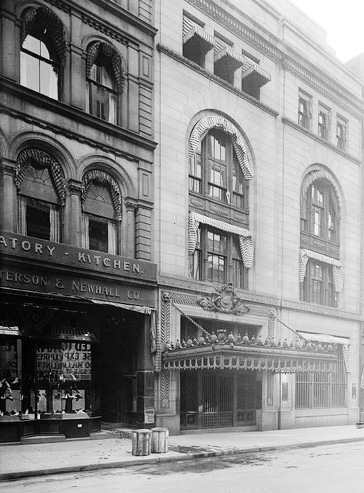



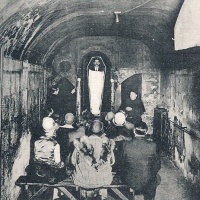


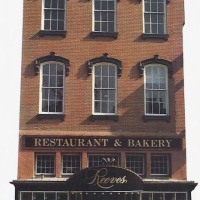




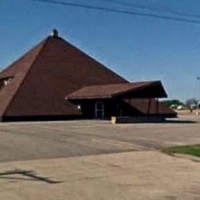
 It's great to hear from readers and I take time to answer queries. I can't always find what you are looking for, but I do appreciate getting thank yous no matter what the outcome.
It's great to hear from readers and I take time to answer queries. I can't always find what you are looking for, but I do appreciate getting thank yous no matter what the outcome.


